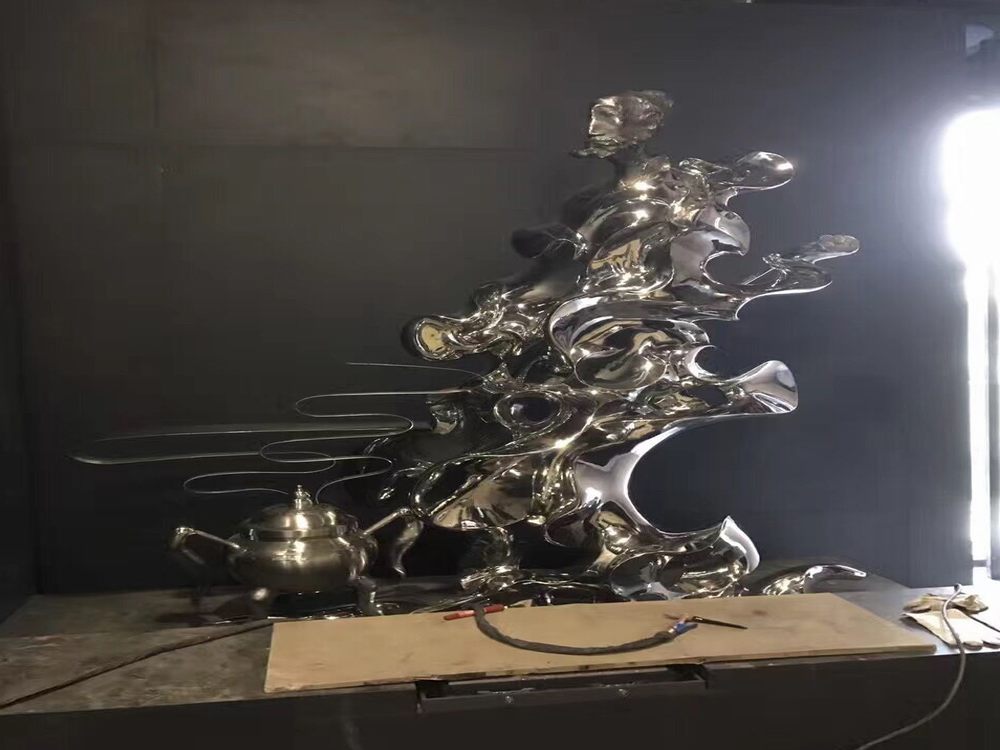
Creating porcelain sculptures with lifelike textures is a delicate art form that demands precision, patience, and technical mastery. One of the most common challenges artists face is achieving the right clay consistency. Porcelain clay must be neither too dry nor too wet to hold intricate details, yet remain workable for extended periods.
Another hurdle is replicating natural textures, such as skin, fabric, or foliage, which require meticulous hand-carving or tooling. Even slight imperfections can disrupt the realism. Firing poses its own risks—uneven heat distribution may cause cracks or warping, ruining hours of detailed work.
Glazing adds another layer of complexity. Translucent glazes enhance realism but demand flawless application to avoid pooling or uneven coverage. Finally, structural integrity is critical; thin, textured sections are fragile and may collapse during drying or firing.
Overcoming these challenges involves practice, innovative tools, and controlled studio conditions. Mastering these elements allows artists to transform fragile clay into breathtaking, lifelike porcelain art.

